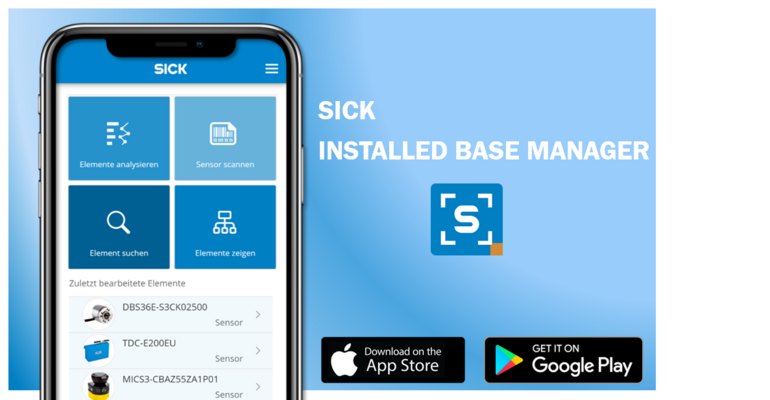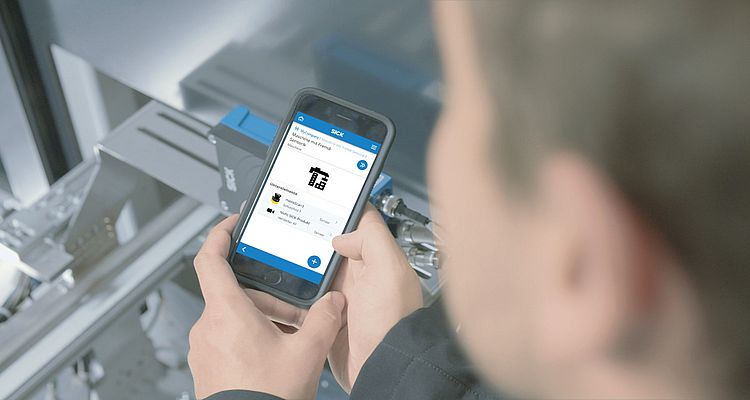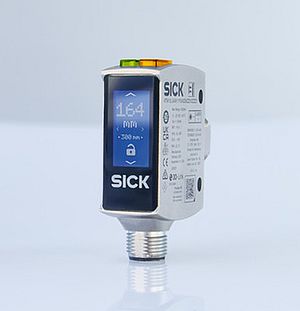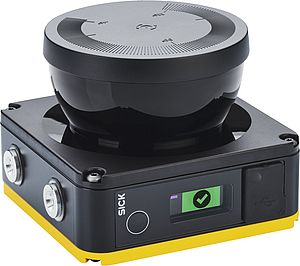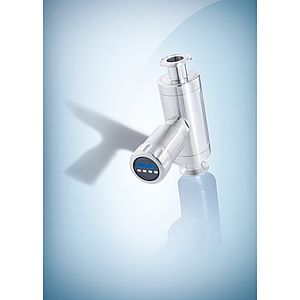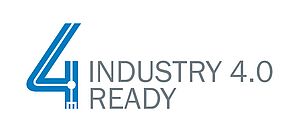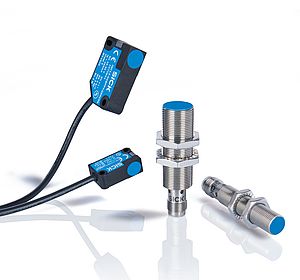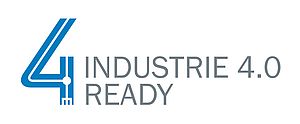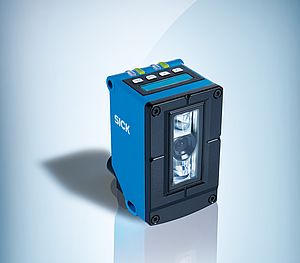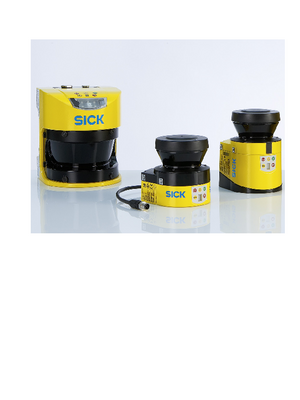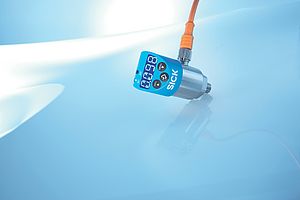At SPS 2019, under the motto “Driving your industry 4ward 4.0 now – Powered by innovations”, Sick showed how industry 4.0 principles can easily improve processes. With the new app “Installed Base Manager” trade fair visitors could even experience this for themselves. Prior to this, at the Hannover Messe 2019 exhibition, SICK gave insight into its own factory built according to Industry 4.0 principles and the associated engineering design, such as the I4.0 Cockpit or Deep Learning, with 4.0 NOW. At SPS 2019 in Nuremberg, SICK went one step further and presented suitable tools for I4.0.
Easy digitization of machines and sensors
The Installed Base Manager app allows the quick and easy digitalization of sensors and machines. Whether sensors from SICK or other manufacturers – the app gives users a transparent overview of their assets. In addition to the installed base, the user obtains a clear view of the necessary services and all decisive documents, such as inspection reports, in digital form.
These solutions from SICK offer new transparency of information through the presentation of assets and associated live data, a prerequisite for Industry 4.0. Thanks to continuous condition monitoring with the SICK Monitoring Box, all events and developments in operation are transferred in real time. If limit values are exceeded, notifications are sent and tracked using the dashboard. Stored in memory, this historical data can be used to perform analyses, make application-specific forecasts, reduce unforeseen operational statuses and optimize processes. With predefined or customized algorithms, users can increase plant availability and productivity.
Themed routes and digital twin
Visitors to the tours learned interactively how easy it is to implement Industry 4.0 principles today. The visitors’ interests on the tours can be researched directly in SICK’s Installed Base Manager app and explored on site by smartphone or tablet. So how they did it? The entire booth had a digital twin that provides visitors with all relevant information in digital form. All they had to do is download the Installed Base Manager app from the AppStore or GooglePlay and log in. The users decided which products and applications they want to learn more about and clicked the corresponding device in Installed Base Manager, the digital twin of the exhibition stand.
The first route delivered an overview of SICK’s Industry 4.0 solutions – including software applications based on deep learning algorithms, whose customer-specific adaptation generates real added value for the user. Mainly applications with image processing sensors and cameras are integrated here. The concept of the sensor specialized with artificial intelligence can be used principally on simple sensors such as inductive proximity sensors, photoelectric retro-reflective sensors, ultrasonic sensors and others. SICK is also presenting its first localization technology based on ultra-wideband. This technology is one of the key factors in achieving the type of networked production and logistics needed for Industry 4.0. Localization data provides companies with a high level of transparency and understanding of all production-related assets, load carriers and loading equipment. Another highlight along the route is the W16 and W26 product families with BluePilot. BluePilot makes it possible to align sensors and reflectors, as well as senders and receivers within seconds thanks to the innovative LED display. In the case of the photoelectric proximity sensors, a Teach-Turn adjustment enables the sensor to be adjusted quickly and precisely, thereby eliminating the customary time-consuming fine adjustment using rotary controls. Sensor data is interpreted in the context of the application and converted into process-related information.
On the Mobile Applications route, for example, visitors found the first safety-certified scanner for outdoor use - outdoorScan3. Even outside production halls, outdoorScan3 enables safe cooperation between man and machine, opening up huge potential for automating processes and increasing the efficiency of intralogistics production processes – while bringing the vision of a self-managed value chain in the spirit of Industry 4.0 one step closer to reality. The two-dimensional inclination sensor TMM88 prevents, among the other things, the overturning of manned forklift truck or snow groomers when they are driving on an incline or slope. The sensors are available in UV-resistant plastic housings and in rugged aluminum housings.
On the Safety Sensor tour, a small 2D safety sensor with a wide range of functions and an industrial and integration-friendly design scores highly. This year, nanoScan3 officially complemented SICK’s safety laser scanner portfolio. It is based on the successful microScan3 technology. With dimensions of only 101 mm x 101 mm x 80 mm, nanoScan3 opens practical applications; in particular, mobile intralogistics, mobile assistance and service robotics with autonomous transport platforms and carts, as well as collaborative robots (cobots).
The Robotics route is another trend area at SICK’s SPS stand. The highlights here include the sBOT Speed UR safety system and the BPS5400 body positioning system from SICK. The award-winning BPS5400 offers new degrees of freedom in car body construction. In contrast to conventional positioning systems based on mechanical substructure clamping technology, the non-contact complete solution from SICK scores with more flexibility in production, shorter cycle times, minimized wear and a maximum of energy efficiency. Particularly in view of the electrification of vehicles that require other platforms, but are manufactured on the same line, the SICK system offers more flexibility in production.
The sBOT Speed safety system is a complete solution ready for integration consisting of an S300 mini safety laser scanner and a FlexiSoft safety controller. The sBOT Speed is used in cooperative robot applications in which man and machine share the same working space at different times and ensures safe access to the hazardous area around the robot at all times.


